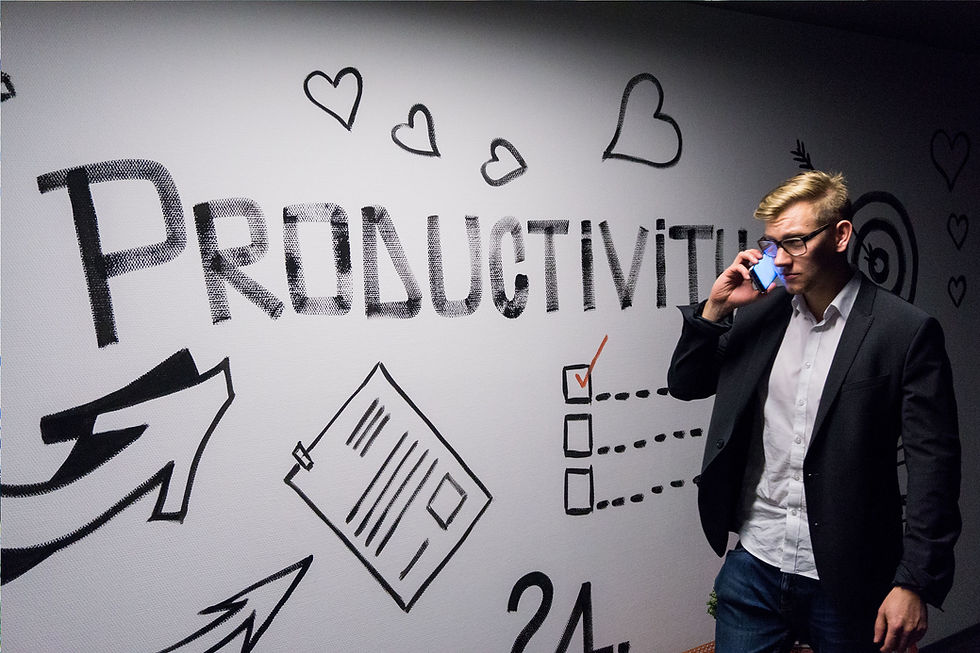From "being busy" to being productive.
- Madelyn Hamilton

- Oct 29, 2023
- 2 min read
Updated: Aug 5, 2024
Like many others, I often talk about my “busyness”. When the words leave my mouth, I cringe. I ought to know better. But, sadly, busy habits often fill my days. The key word is “habits”. These habits, bad habits, often create artificial urgency.
Artificial urgency is a pervasive challenge that can leave individuals and teams feeling perpetually rushed, leading to a cycle of unproductive busyness. This environment not only hampers team performance but also has profound implications on individual well-being. Drawing insights from Dwight D. Eisenhower’s urgent/non-urgent model can offer a valuable perspective in addressing this issue.
Dwight D. Eisenhower, the 34th President of the United States developed a quadrant-based model to categorize and prioritize tasks effectively. His model provides a clear lens to distinguish between tasks that are truly urgent and important, and those that are not.
Artificial urgency generates a constant sense of crisis, compelling teams to operate in a reactive mode. Important tasks are perpetually delayed, often shifted to evenings or weekends. This continuous state of urgency not only affects productivity but also takes a toll on our human psyche. It leads to increased stress, burnout, and a diminished sense of job satisfaction.
Eisenhower’s model categorizes tasks into four quadrants. Quadrant I comprises tasks that are both urgent and important, necessitating immediate attention. Quadrant II includes tasks that are important but not urgent, requiring strategic planning. Quadrant III, where artificial urgency often lies, consists of tasks that are urgent but not important. Quadrant IV contains tasks that are neither urgent nor important, typically serving as distractions.
A conscious effort to prioritize tasks based on their true urgency and importance is essential to counteract artificial urgency. This involves directing the team’s focus towards Quadrants I and II, ensuring that critical tasks receive attention. At the same time, tasks in Quadrants III and IV may need to be deprioritized or eliminated, alleviating the pressures of artificial urgency.
Protecting the team from an overwhelming number of external requests is also crucial. Many of these requests contribute to a false sense of urgency, and by providing clear guidelines and encouraging critical assessment, teams can navigate these demands with discernment.
By adopting Eisenhower’s urgent/non-urgent model, we can cultivate a focused, productive work environment, ensuring that the tasks that matter receive the attention they deserve, and fostering a culture that promotes well-being and job satisfaction. Replacing busyness with productivity.


